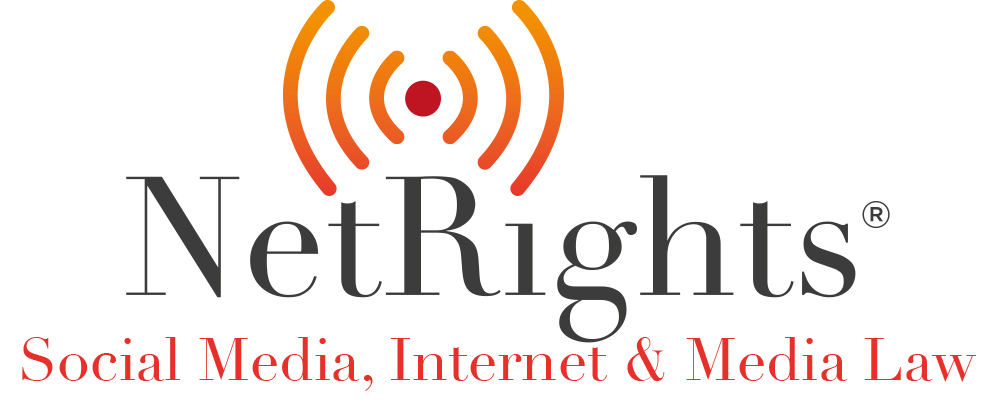Do you know the difference between…
The terms libel, slander and defamation are often used interchangeably in everyday use. But what do these terms actually mean and what is the difference between them?
The law of defamation is the overarching term that includes both libel and slander. Both libel and slander relate to an attack on a person or an organisation’s reputation by the publication of defamatory material.
As a general rule, libel occurs where the defamation is in a permanent form and slander occurs where the defamation is in a transient form. Libel applies where the words complained of are in print or written down or published in permanent form. This includes defamatory newspaper articles, online posts, television programmes and videos. Slander applies where the words complained of are transient in nature such as spoken words. So, for example, a defamatory social media post may be libellous whereas accusations made by someone during a meeting may be slanderous.
Material is defamatory if it tends to “lower the Claimant in the reputation of right-thinking members of society generally” and has caused, or is capable of causing, serious harm to the Claimant’s reputation, amongst other requirements. The Claimant is the person whose reputation has been attacked.
However, defamation is not limited to words. Visual forms such as photographs, paintings and physical gestures can also be regarded as defamatory. In fact, in a case in 1894 against Madame Tussauds museum where a waxwork of the Claimant holding a gun had been placed next to the “Chamber of Horrors” the Court of Appeal held that a statue, caricature, sign or picture – and therefore, a wax figure – may also give rise to libel.
For advice on all types of defamation issues including both libel and slander please contact Laura Baglow from NetRights at enquiries@netrights.co.uk or on 020 7698 4427 or see www.netrights.co.uk for more information.












